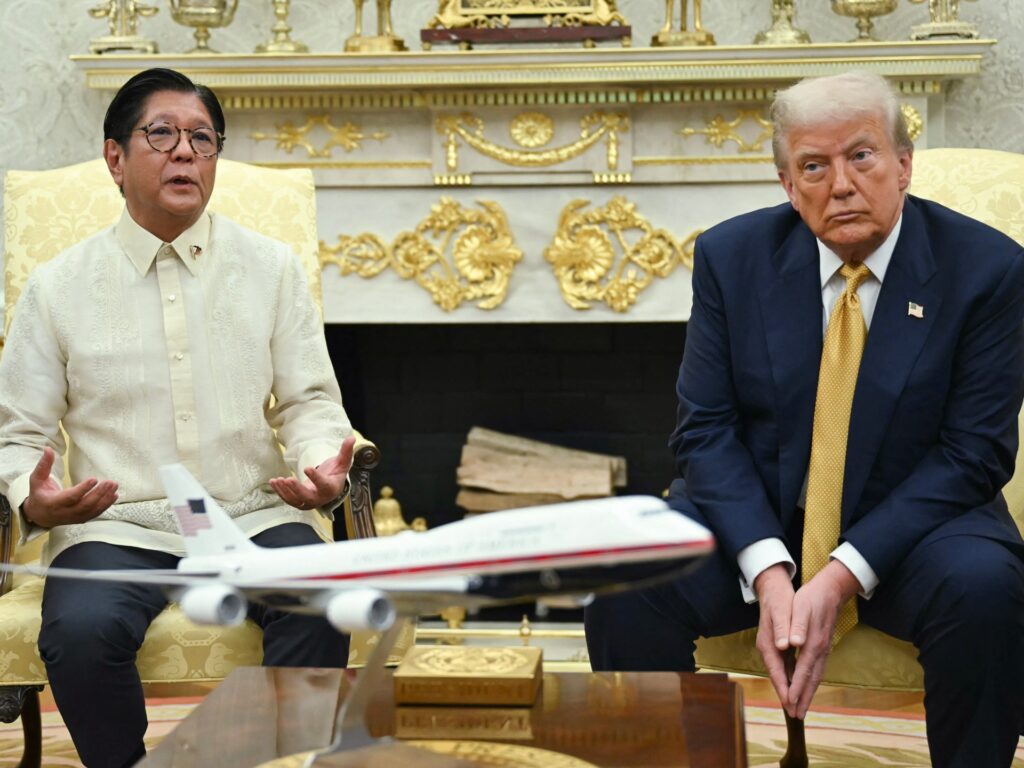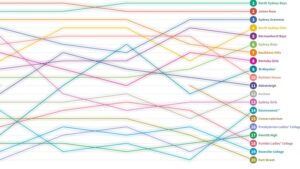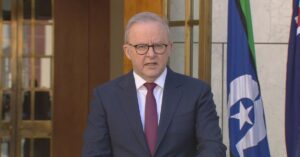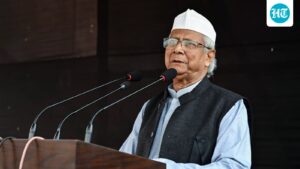
In a significant move reshaping economic ties between the United States and the Philippines, President Donald Trump announced a new trade agreement imposing a 19% tariff on goods exported from the Philippines to the U.S. Meanwhile, American exports to the Southeast Asian nation will enjoy zero tariffs. This announcement was made on Tuesday via Trump’s social media platform, Truth Social, shortly after a meeting with Philippine President Ferdinand Marcos Jr. at the White House.
“We concluded our Trade Deal, whereby The Philippines is going OPEN MARKET with the United States,” Trump declared, highlighting the strategic economic shift. The 19% tariff rate is a compromise, falling just below the 20% initially threatened by Trump earlier this month, yet above the 17% rate set in April as part of reciprocal tariffs for numerous countries. This rate aligns with the tariff imposed on Indonesia and is slightly lower than the 20% rate on Vietnam.
Economic Context and Implications
The U.S. faced a trade deficit of nearly $5 billion with the Philippines last year, amidst a bilateral goods trade valued at $23.5 billion. This new tariff structure aims to recalibrate the trade balance while fostering open market conditions. Philippine Assistant Foreign Secretary Raquel Solano noted last week that both nations’ trade officials were diligently working towards a “mutually acceptable and mutually beneficial” deal.
Marcos, marking his visit as the first Southeast Asian leader to meet Trump in his second term, emphasized the enduring alliance between the two nations, stating, “The US is our strongest, closest, most reliable ally.” Despite the economic focus, Trump also hinted at military cooperation, though specifics were not disclosed.
Protests and Public Reaction
As President Marcos arrived at the White House, protesters gathered nearby, urging him to address the concerns of Filipino Americans and migrant workers, particularly in light of recent U.S. immigration raids. The demonstration underscores the complex socio-political dynamics accompanying the economic discussions.
Trump reiterated the importance of the military relationship with the Philippines, noting recent joint drills as evidence of strong defense ties. Marcos’s itinerary in Washington includes meetings with U.S. business leaders, aiming to attract investment to bolster the Philippine economy, a crucial step towards reinforcing its partnership with the U.S. in the Asia-Pacific region.
Geopolitical Shifts and China’s Influence
During the Oval Office meeting, Trump hinted at a potential visit to China, emphasizing a shift in the Philippines’ foreign policy stance post-election. “The country was maybe tilting toward China, but we un-tilted it very, very quickly,” Trump remarked. This statement reflects ongoing efforts to stabilize U.S.-China relations, which have been strained by a prolonged tariff conflict impacting global trade.
U.S. Treasury Secretary Scott Bessent is scheduled to meet with Chinese officials in Sweden next week, signaling a continued diplomatic engagement. However, Marcos refrained from commenting on these developments as he departed the White House.
Looking Ahead
The newly established trade agreement with the Philippines marks a pivotal moment in U.S. foreign economic policy, potentially setting a precedent for future negotiations in the region. As both countries navigate their economic and military partnerships, the implications of this deal will unfold in the coming months, impacting regional dynamics and global trade networks.
Observers will closely watch how the Philippines leverages this agreement to strengthen its economic position and how the U.S. balances its strategic interests in the Asia-Pacific, particularly in relation to China. The evolving geopolitical landscape will undoubtedly influence future trade policies and international relations.






